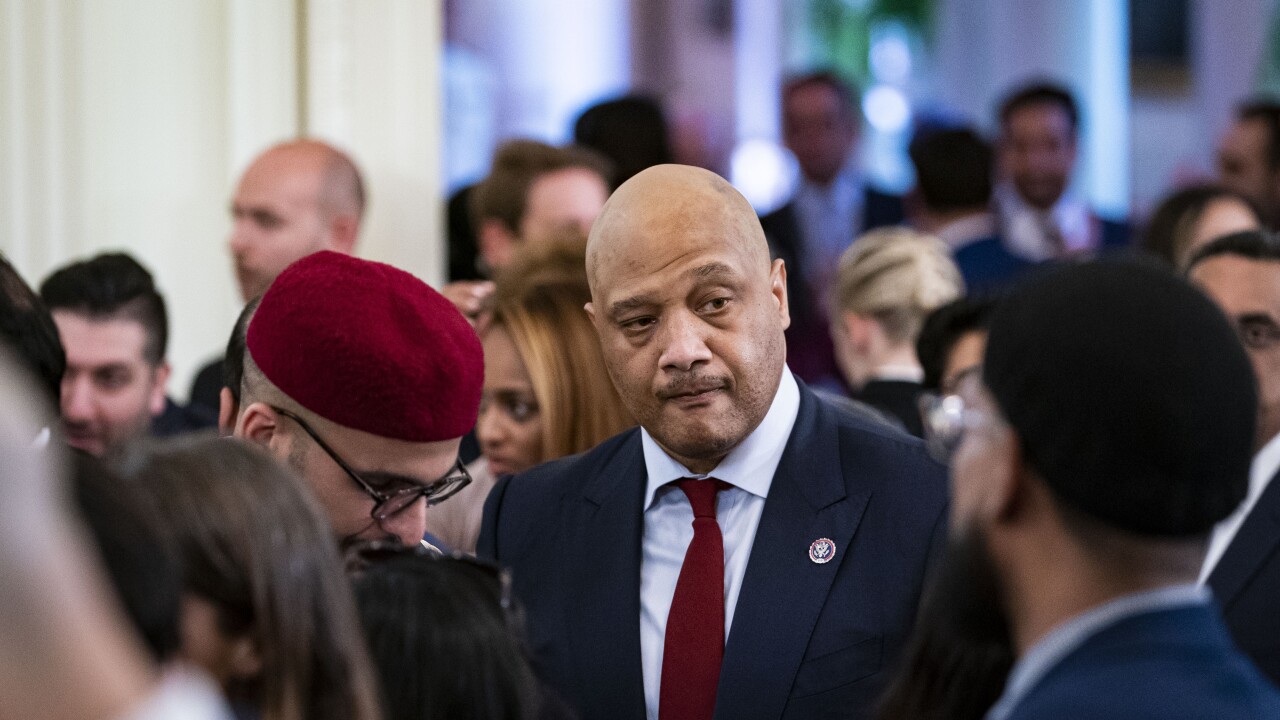New York State’s debt service levels and debt-related practices are worrisome, state Comptroller Thomas DiNapoli said in his preliminary
Lawmakers must approve the fiscal 2022 spending plan by April 1, the earliest budget deadline of any state.
Total state-supported debt outstanding, according to DiNapoli, would rise by more than $8 billion, or 13.4%, in the coming year to $67.7 billion, and by another $8.8 billion over the next two years. He attributed the spike largely to the Metropolitan Transportation Authority’s five-year capital program.
The budget proposes short-term borrowing options at the same $11 billion authorization level enacted for fiscal 2021.

The plan also proposes to bypass protections put in place to curtail the state’s use of debt and limit costs by suspending the state’s statutory caps on debt and debt service for debt issued in the new fiscal year.
“While the factors that drove the need for short-term borrowing in 2020 have not disappeared, the level of concern has diminished due to reduced uncertainty and improved financial outlook,” DiNapoli said. “This calls into question the necessity of these proposals, especially at the proposed levels.
“Also, continuing to circumvent laws established to promote responsible and sustainable debt practices is troubling.”
Cuomo’s plan assumes $6 billion in additional federal aid, $3 billion in each of the next two fiscal years. He is asking the Biden administration for an additional $15 billion, and has threatened to sue if Washington doesn’t respond accordingly.
“This idea is bothersome from a municipal bond perspective,” said David Loesch, owner of DRL Group, a Katy, Texas-based firm that sells municipal securities. “Betting on borrowing or getting grants is never a prudent way to operate; I expect the market to dislike this news.”
Cuomo’s plan relies on a range of actions beyond the borrowing to respond to the COVID-19 pandemic as well as eliminate a looming gap. They include spending cuts, new revenues and use of fund balances. That, said DiNapoli, demonstrates the need for significant federal aid.
The budget would be deemed “unbalanced” if less than $3 billion comes from Washington as of Aug. 31. If that occurs, spending from local assistance appropriations would then be withheld across-the-board by budget Director Robert Mujica, with exceptions.
"The comptroller rightly notes that continuation of the state's 'withholding' process if $6 billion in federal funding doesn't come through would create additional hardships on local governments, not-for-profit service providers and others like the MTA," said Rachael Fauss, good-government organization Reinvent Albany's senior research analyst.
"Reinvent Albany has asked the legislature to reject the governor's proposal to continue withholdings into next year — this time without legislative approval of cuts — as it would diminish their role as a co-equal branch of government with approval over state spending," Fauss said. "Besides the direct impact on service delivery, the state's withholding of MTA dedicated funds raised the concern of ratings agencies like Kroll, which downgraded the authority in 2020."
The budget projects $48.6 billion in cumulative general fund gaps over five years. After executive budget actions, DiNapoli said, cumulative out-year gaps would total $17.5 billion.
DiNapoli’s analysis noted that federal funds are being used to pay for operating expenses that the general fund typically covers, which could lead to greater out-year gaps and worsen the state’s structural imbalance between revenue and spending.
While the outlook for state tax revenues has improved somewhat, DiNapoli said, any shortfall in anticipated federal assistance would drive “undesirable budgetary choices that hurt New Yorkers.”
The budget authorizes state budget director Mujica to impose across-the-board cuts to local assistance, including Medicaid and other essential services during fiscal 2022. The budget raises taxes on high earners, delays tax reductions for middle class families, and cuts state funding for local governments and state agency operations.





